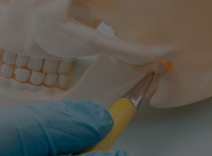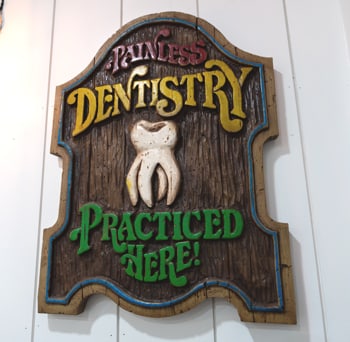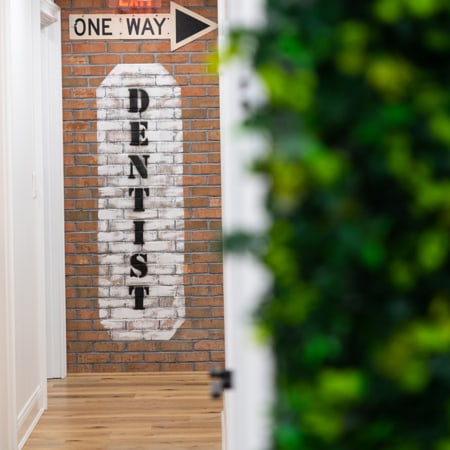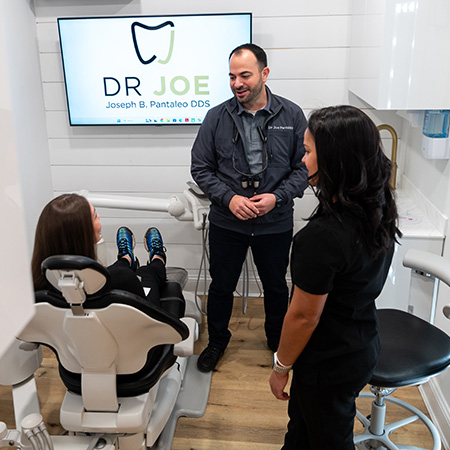Periodontal disease causes the gums to recede from the root. It exposes the tooth root and makes it sensitive to cold and hot temperatures. Cold hot drinks can cause inflammation of the tooth roots. Common causes of gum recession include trauma, harsh brushing, aging, periodontal disease, trauma, or orthodontic treatment. Dental bonding near you is a non-invasive and affordable solution to repair gum recession. The bonding material serves as a shield against irritating liquids.
How Bonding Procedure Fixes Periodontal Disease?
The dentist near you applies the bonding material to the exposed tooth root for gum recession. It helps to make the tooth look longer and offers a natural gum line. During the procedure, the professional applies a resin material to the tooth. That material exactly resembles the tooth shade. Then, the professional uses laser light to make the resin hard. Finally, the dentist will trim the material.
Types of Dental Bonding
Below are the types of dental bonding:
Indirect Dental Bonding
Indirect bonding is a dental restorative treatment that restores decayed or broken teeth. So, it is ideal for people with moderate to serious tooth damage that is not fixable with direct bonding.
The dental professional takes a digital impression of the tooth. Then, he/she sends them to the dental laboratory to create the restoration. The lab technician sent it back to the dentist in nearly two weeks. Finally, the professional cement the indirect bonding to the tooth.
Composite Veneer Bonding
Composite veneer bonding alters the shape, size, and shape of teeth. It also changes the length of your teeth and close spaces.
Direct Bonding
Direct bonding is a treatment that addresses decayed or chipped teeth. The procedure restores real teeth’ appearance, shade, shape, and functioning. It usually requires one visit to the clinic. The dental professional cleans the teeth and makes the exteriors rough using an etching solution during direct dental bonding.
Doing this will create a strong bond like the putty-like composite. The dentist will apply composite material to the tooth in layers, mold it as required, and use a curing light to harden it. Then, the professional polishes the tooth.
Composite Dental Bonding
Composite bonding is a cosmetic dental treatment that involves the application of composite resin material to the teeth. These resins are dental cement manufactured using synthetic resins. The procedure is quick and also does not require injections or drilling.
Get Composite Bonding for Gum Recession
Gum recession usually creates dark areas or black triangles in the mouth. It significantly affects your smile appearance. It also minimizes the risk of periodontal pockets and periodontal disease.
Composite bonding involves placing restorations the same as tooth color on one or multiple teeth. The dentist uses tooth-colored composite resin and special adhesive during the process. It resolves the issue of gum recession and sensitivity by covering the exposed tooth roots.
In the cases of severe gum recession, the professional uses gum-colored resins in blend with tooth-colored resins to cover the exposed tooth roots and restore lost tissue.
The Procedure
The procedure of composite resin bonding for gum recession requires just a single appointment at the dental office near Smithtown.
- Firstly, the Joseph B Pantaleo DDS professional will clean the region around the tooth. He/she will use a thin adhesive layer on the tooth’s surface.
- The dentist will choose a composite resin that resembles closely to the tooth shade. For this, he/she uses a color chart.
- Then, the expert creates a rough surface on the tooth and applies the bonding material.
- Now, the expert applies the composite resin and molds it to fix the tooth shape.
- After that, the professional makes a composite resin hard using ultraviolet light.
How to Protect Your Dental Bonding?
After getting a bonding procedure for gum recession, take special care of it.
- Since the composite resin is more prone to staining, restrict your consumption to staining drinks and foods. These include tea, coffee, etc.
- Avoid chewing on hard objects or hard food varieties.
- Stick to good oral hygiene practices. They include visiting the dentist twice a year, flossing and brushing every day, and using an antiseptic mouthwash.
If you feel self-conscious about showing off much of your gums when you smile, getting dental bonding Smithtown NY is an effective solution.































